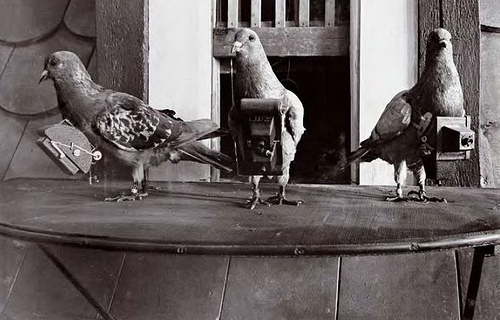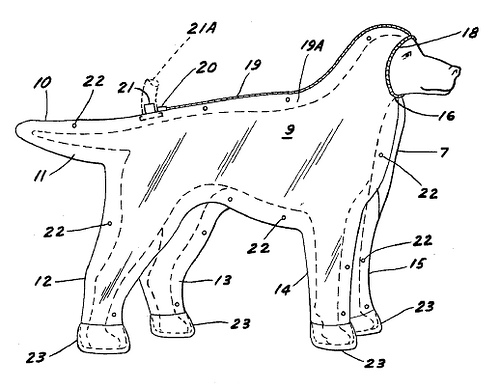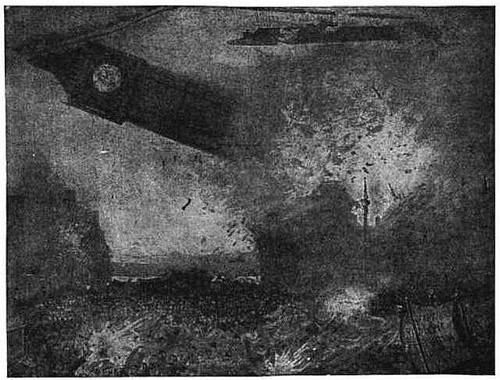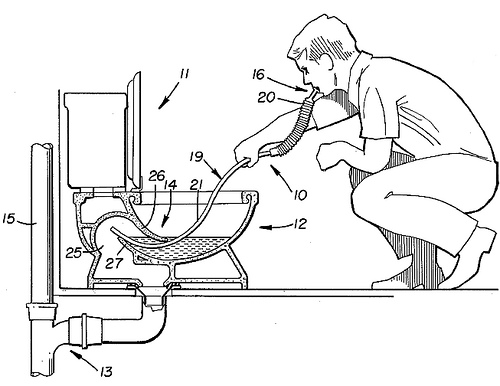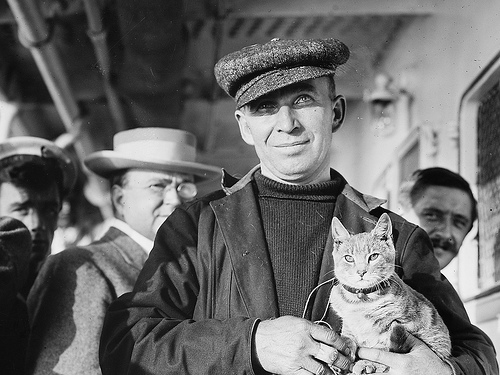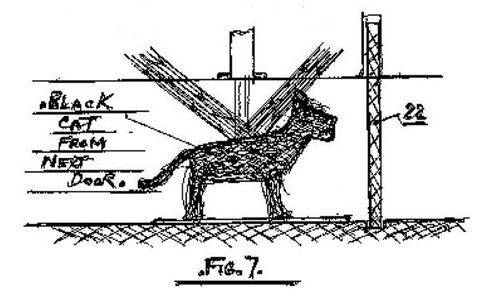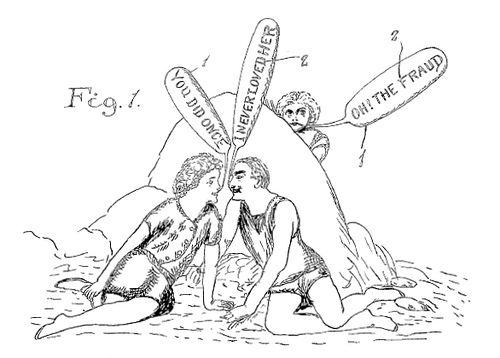
Frustrated with the intertitles in silent films, Charles Pidgin invented a better solution in 1917: The performers would inflate balloons on which their dialogue was printed. “The blowing or inflation of the devices by the various characters of a photo-play will add to the realism of the picture by the words appearing to come from the mouth of the players,” Pidgin wrote. Even better, “the size of the speech may be increased with the increase of various emotions depicted on the screen.”
It’s not too late to implement this.

